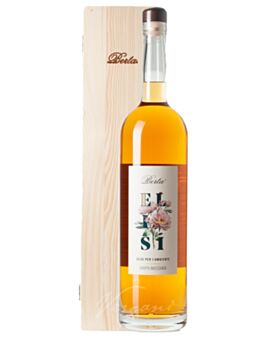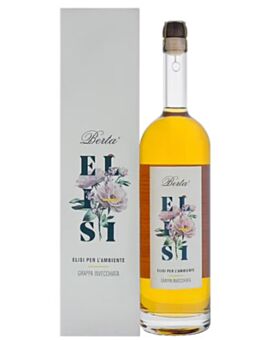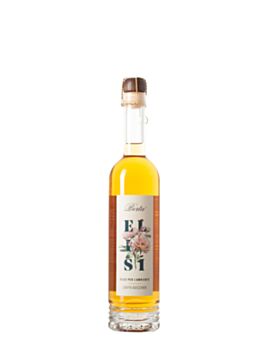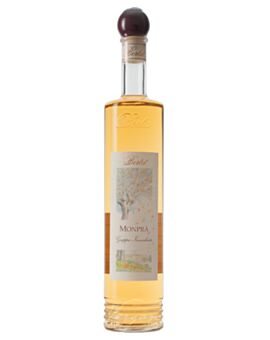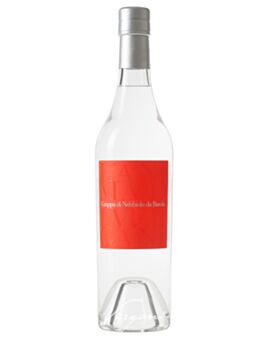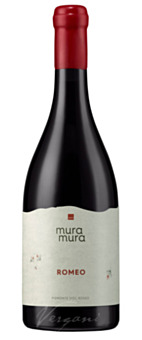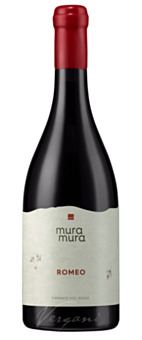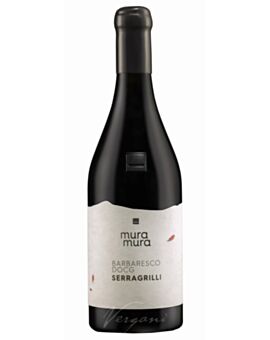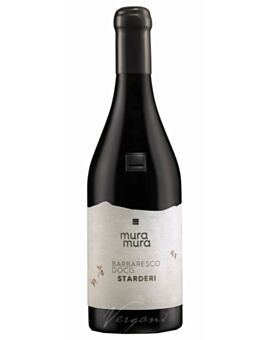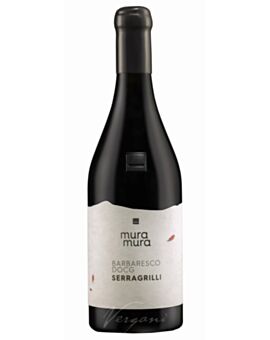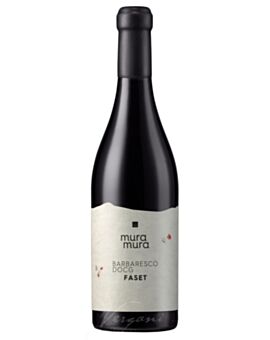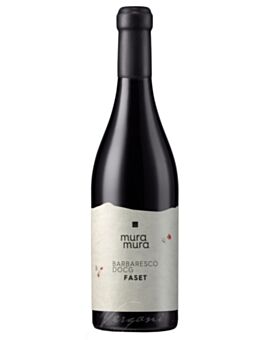Nebbiolo
Nebbiolo
When it gets fresh and cold, it drifts through the streets again and hangs in the trees. The fog, la nebbia, is in top form. We pay homage to the much-hated grape here. With a grape variety that is named after him: Nebbiolo.
The Nebbiolo grape is one of the most famous Piedmontese grape varieties. It is the queen of Piedmont and has a total of 109 synonyms, which is probably also a royal privilege. Does it perhaps get its name not because of the fog that often occurs in Piedmont, but because of the white, fog-like coating that covers the grape when it is fully ripe? Hard to say. Just as its origin is no longer determinable because it is assumed that its parents no longer exist. As befits a true queen, she does not like the hustle and bustle at all, on the contrary. Nebbiolo is considered to be one of the slowest ripening varieties of all and is also demanding beyond measure in other respects. For example, it loves calcareous marl soils and steep south or south-west-facing slopes. It is difficult to grow and very dependent on the vintage, as it reacts strongly to climatic conditions, especially in the fall. In short: its requirements are high and cultivation outside of Piedmont is difficult. Only Valtellina stands out with outstanding Nebbiolo wines, helped by climate change. The really great Nebbioli are also among the finest wines in Italy.
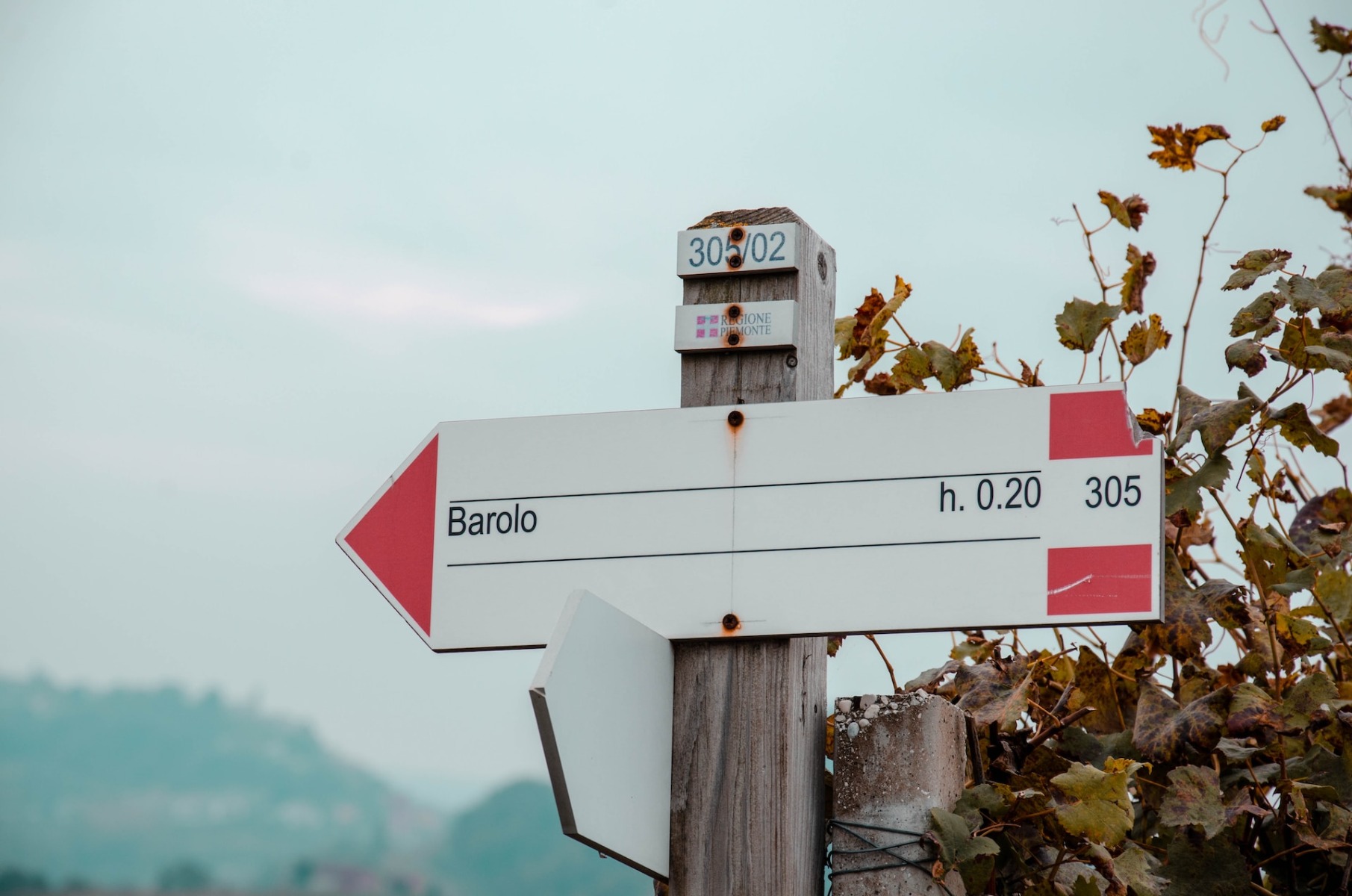
They come from Barolo and Barbaresco. If they come from there and have been processed and matured rigorously and without haste in the cellar in an optimal year, then wines can be produced that are intense, dense and heavy, while remaining fresh and elegant. Rose or violet scents emerge, sometimes they smell of ripe stone fruit, tar, tobacco, licorice, leather or cedar wood. Thanks to their tannin corset, which encloses them tightly, great Nebbioli can be stored for decades, their ageing potential is fabulous. Just don't be fooled by the color, it is astonishingly light, which many people incomprehensibly do not like.
A Barolo or Barbaresco is a good friend at the table. They are usually strong companions with profile, character and pep. Thanks to its elegant acidity and tannin-rich strength, it can easily and happily take on strong dishes. Truffles? Stews? Stews? Venison? Indispensable, especially when it's rainy, cold and foggy outside. The smells then waft enticingly through the kitchen and the slow braising weaves the ingredients together anew into a dense feast for the palate. The fog outside seems forgotten. And the Nebbiolo inside, you can give it some time in a small carafe after uncorking. Look how it shimmers in the glass, it will be a royal meal and everything will go together perfectly. Perhaps even with spicy cheese, provided the carafe is not already empty.

